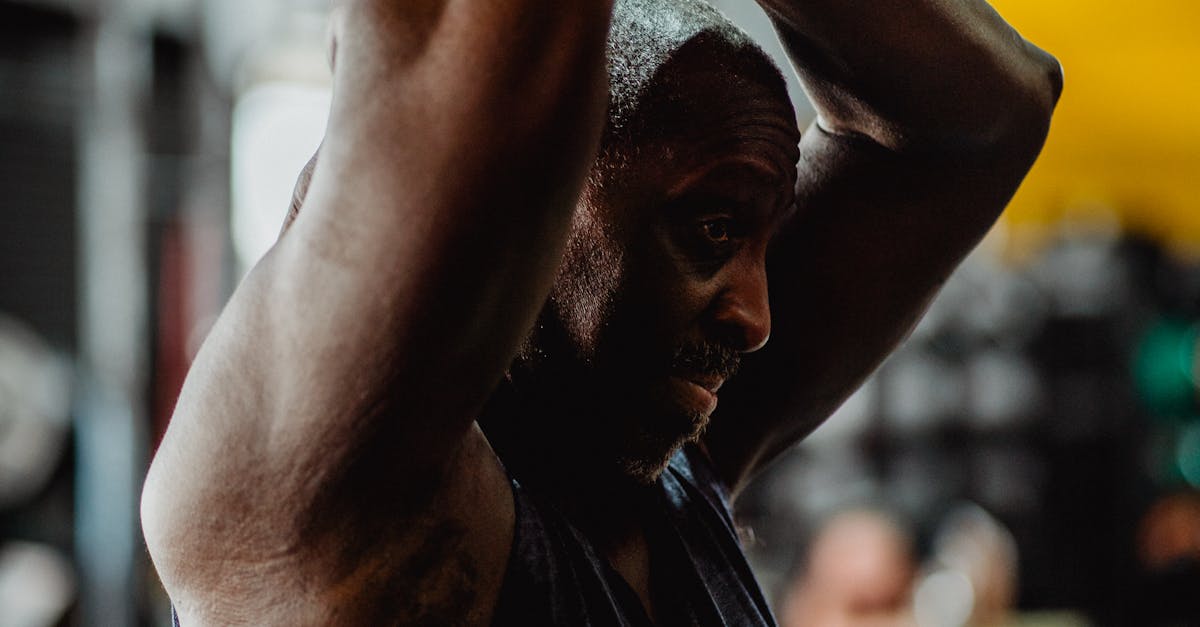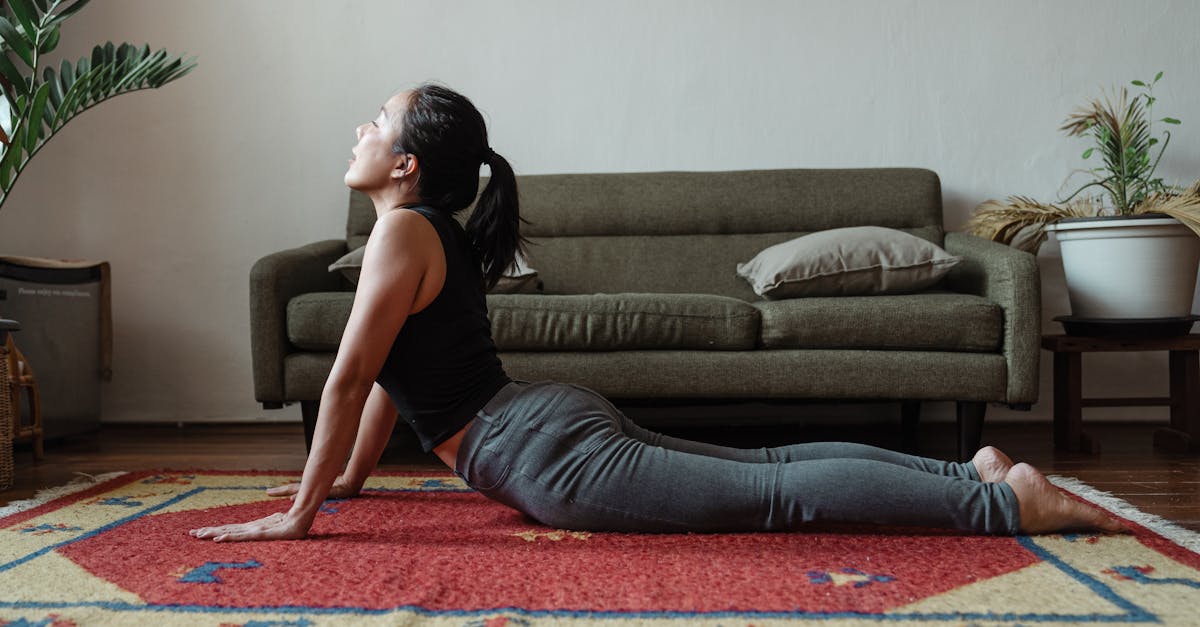Standing Hip Flexor Stretch for Seniors: Techniques for Enhanced Flexibility
A Simple and Effective Stretch for Seniors
As we age, our bodies naturally lose flexibility. This can be especially true for our hip flexors, which are the muscles that help us lift our legs and bend at the waist. Decreased hip flexor flexibility can lead to a number of problems, such as difficulty with balance, mobility, and everyday activities.
The good news is that there are a number of things we can do to improve our hip flexor flexibility, including stretching. One of the best stretches for hip flexors is a standing hip flexor stretch. This stretch is easy to do and can be modified to fit your individual needs.
In this article, we will provide you with step-by-step instructions on how to perform a standing hip flexor stretch. We will also offer tips on how to maximize the benefits of the stretch and provide additional resources for further information.
1. Importance of Hip Flexor Flexibility for Seniors
Hip flexor flexibility is crucial for seniors because it helps to maintain balance, mobility, and overall well-being.
As we age, our muscles naturally lose flexibility. This can be especially true for our hip flexors, which are the muscles that help us lift our legs and bend at the waist. Decreased hip flexor flexibility can lead to a number of problems, such as difficulty with balance, mobility, and everyday activities.
For seniors, maintaining hip flexor flexibility is especially important for preventing falls. Falls are a major cause of injury and death among seniors, and they can be caused by a number of factors, including decreased flexibility. By improving hip flexor flexibility, seniors can reduce their risk of falling and maintain their independence.
2. Step-by-Step Standing Hip Flexor Stretching Technique

Step-by-Step Standing Hip Flexor Stretching Technique:
- Stand with your feet hip-width apart and your back straight.
- Step forward with your right leg and bend your knee so that your thigh is parallel to the floor.
- Keep your left leg straight and your left heel on the ground.
- Gently push your hips forward until you feel a stretch in your right hip flexor.
- Hold the stretch for 30 seconds.
- Repeat on the other side.
Tips for Proper Form and Technique:
- Keep your back straight and your core engaged throughout the stretch.
- Do not overextend your knee on the forward leg.
- If you feel pain in your knee, stop the stretch and consult a doctor or physical therapist.
- Breathe deeply and relax into the stretch.
3. Variations for Different Flexibility Levels
Variations for Different Flexibility Levels:
- For beginners: If you have limited flexibility, you can modify the standing hip flexor stretch by placing your hands on a chair or wall for support. You can also bend your back knee more to reduce the stretch.
- For intermediate: If you have more flexibility, you can increase the stretch by stepping further forward with your front leg. You can also try lifting your back heel off the ground.
- For advanced: If you are very flexible, you can try a more challenging variation of the stretch by placing your front foot on a raised surface, such as a step or platform.
Modifications for Physical Limitations:
- For knee pain: If you have knee pain, you can modify the standing hip flexor stretch by performing it with your back leg straight instead of bent. You can also try using a foam roller to support your knee.
- For hip pain: If you have hip pain, you can modify the standing hip flexor stretch by performing it with your feet wider apart. You can also try using a strap or towel to help you pull your knee towards your chest.
Remember to consult with your doctor or physical therapist before starting any new exercise program, especially if you have any injuries or medical conditions.
4. Tips for Maximizing the Benefits

Tips for Maximizing the Benefits:
- Frequency: For best results, perform the standing hip flexor stretch several times a week. You can do the stretch daily if you like.
- Duration: Hold each stretch for 30 seconds. If you are new to stretching, you can start by holding each stretch for 15 seconds and gradually increase the duration as you become more flexible.
- Breathing: Breathe deeply and relax into the stretch. Do not hold your breath.
- Listen to your body: If you feel pain, stop the stretch and consult a doctor or physical therapist.
Additional Tips:
- Warm up before stretching by doing some light cardio, such as walking or jogging.
- Stretch after a workout or when your muscles are warm.
- Be patient and consistent with your stretching routine. It takes time to improve flexibility.
By following these tips, you can maximize the benefits of the standing hip flexor stretch and improve your overall flexibility.
5. Additional Resources and Considerations
Additional Resources and Considerations:
Considerations:
- If you have any injuries or medical conditions, talk to your doctor or physical therapist before starting any new exercise program.
- Be sure to warm up before stretching and cool down afterwards.
- Listen to your body and stop if you feel pain.
By following these tips and using the resources provided, you can safely and effectively improve your hip flexor flexibility and overall fitness.
